- sort orderDefault
Photo title, A → Z
Photo title, Z → A
✔ Date created, new → old
Date created, old → new
Date posted, new → old
Date posted, old → new
Visits, high → low
Random - Google Map
- map
 home / Insecta · vabzdžiai / Diptera · dvisparniai / Sarcophagidae · mėsmusės
home / Insecta · vabzdžiai / Diptera · dvisparniai / Sarcophagidae · mėsmusės

-
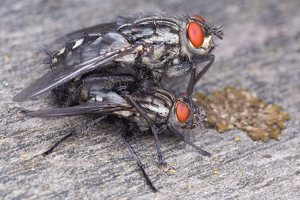 Sarcophaga sp. · mėsmusė
Sarcophaga sp. · mėsmusė
-
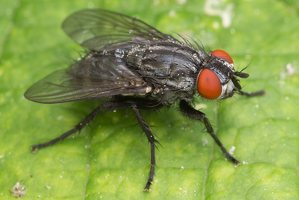 Sarcophaga sp. · mėsmusė
Sarcophaga sp. · mėsmusė
-
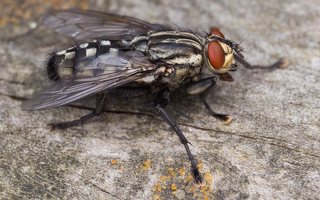 Sarcophaga sp. · mėsmusė
Sarcophaga sp. · mėsmusė
-
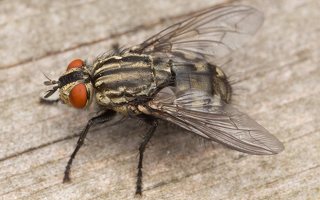 Sarcophagidae · mėsmusės
Sarcophagidae · mėsmusės
-
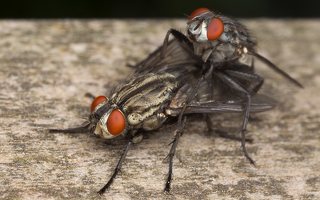 Sarcophagidae · mėsmusės
Sarcophagidae · mėsmusės
-
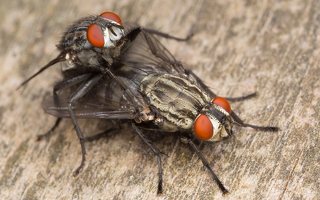 Sarcophagidae · mėsmusės
Sarcophagidae · mėsmusės
-
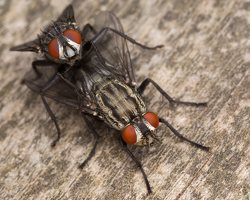 Sarcophagidae · mėsmusės
Sarcophagidae · mėsmusės
-
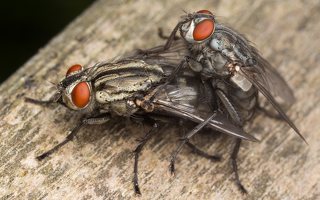 Sarcophagidae · mėsmusės
Sarcophagidae · mėsmusės
-
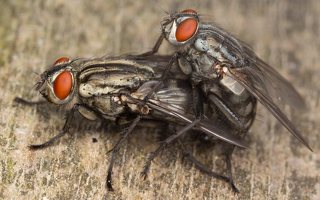 Sarcophagidae · mėsmusės
Sarcophagidae · mėsmusės
-
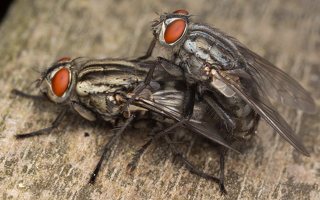 Sarcophagidae · mėsmusės
Sarcophagidae · mėsmusės
-
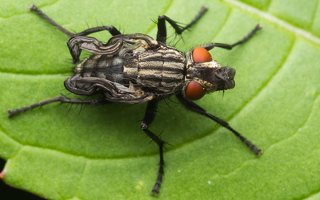 Sarcophagidae · mėsmusės
Sarcophagidae · mėsmusės
-
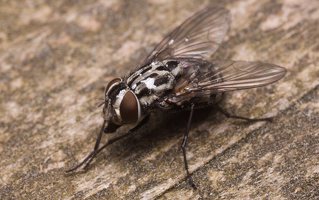 Sarcophagidae · mėsmusės
Sarcophagidae · mėsmusės
-
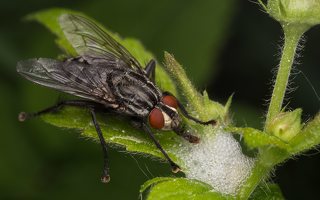 Sarcophagidae · mėsmusės
Sarcophagidae · mėsmusės
-
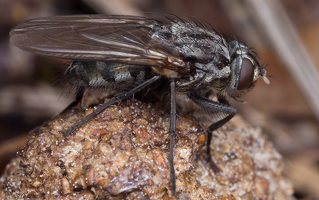 Sarcophagidae · mėsmusės
Sarcophagidae · mėsmusės
-
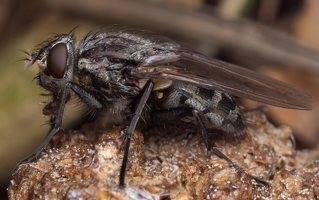 Sarcophagidae · mėsmusės
Sarcophagidae · mėsmusės
-
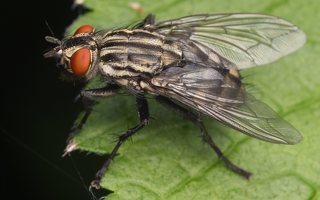 Sarcophagidae · mėsmusės
Sarcophagidae · mėsmusės
-
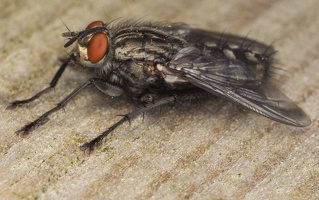 Sarcophaga sp. · mėsmusė
Sarcophaga sp. · mėsmusė
-
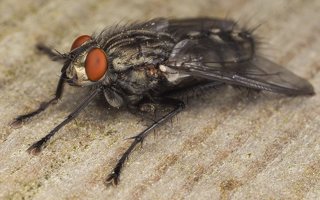 Sarcophaga sp. · mėsmusė
Sarcophaga sp. · mėsmusė
-
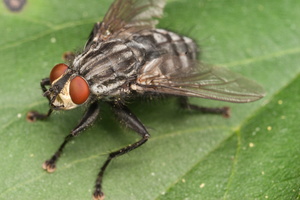 Sarcophagidae · mėsmusės
Sarcophagidae · mėsmusės
-
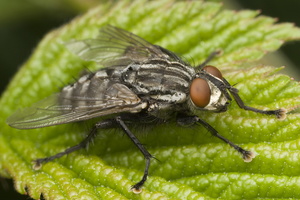 Sarcophagidae · mėsmusės
Sarcophagidae · mėsmusės
-
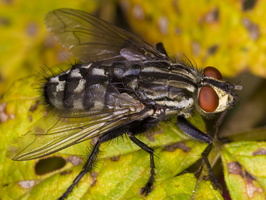 Sarcophaga sp. · mėsmusė
Sarcophaga sp. · mėsmusė
-
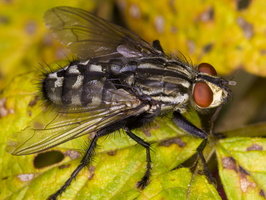 Sarcophaga sp. · mėsmusė
Sarcophaga sp. · mėsmusė
-
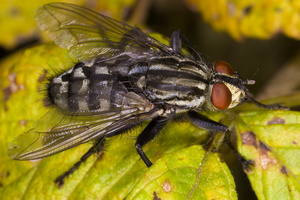 Sarcophaga sp. · mėsmusė
Sarcophaga sp. · mėsmusė
-
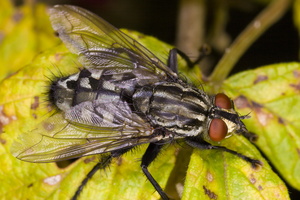 Sarcophaga sp. · mėsmusė
Sarcophaga sp. · mėsmusė
-
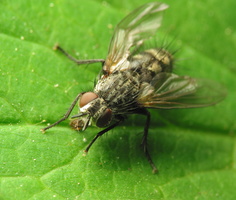 Sarcophagidae · mėsmusės
Sarcophagidae · mėsmusės
Sarcophagidae · mėsmusės
- flesh flies
- Fleischfliegen
- mėsmusės, mėsinės musės
- gaļasmušu dzimta
- ścierwicowate
https://en.wikipedia.org/wiki/Flesh_fly They differ from most flies in that they are ovoviviparous, opportunistically depositing hatched or hatching maggots instead of eggs on carrion, dung, decaying material, or open wounds of mammals, hence their common name. Some flesh fly larvae are internal parasites of other insects such as Orthoptera, and some, in particular the Miltogramminae, are kleptoparasites of solitary Hymenoptera. The adults mostly feed on fluids from animal bodies, nectar, sweet foods, fluids from animal waste and other organic substances. Juveniles need protein to develop and may be laid on carrion, dung or sweet plant foods (including fruit, nuts, and artificial foodstuffs).
Flesh flies can carry leprosy bacilli and can transmit intestinal pseudomyiasis to people who eat their larvae. Flesh flies, particularly Wohlfahrtia magnifica, can also cause myiasis in animals, mostly to sheep, and can give them blood poisoning, or asymptomatic leprosy infections.
Generally, only males of this family can reliably be identified to species, and then only by examination of dissected genitalia.